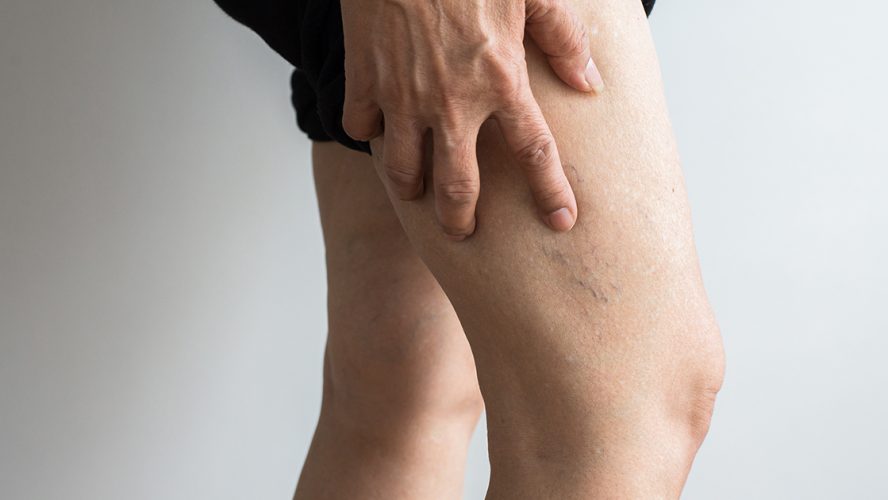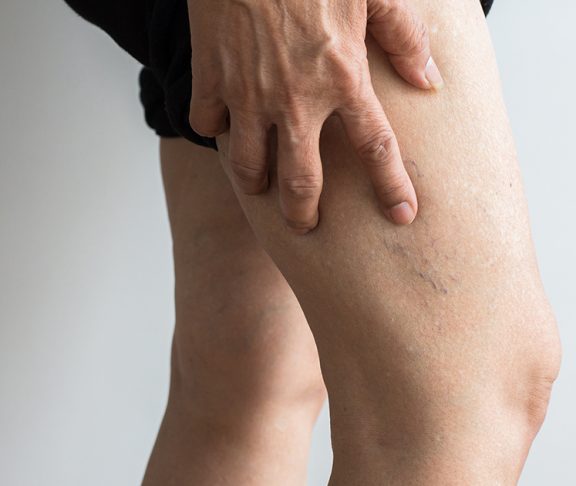In this short, sunny season in Chicago, many of us get out the swimwear and shorts. It can be a shocker to see—not just a few extra pounds—but some new varicose veins on the legs.
Living with varicose veins
While varicose veins are rarely health threatening, some people have vague, uncomfortable sensations such as achiness or itching that can be relieved if the veins are removed. Meanwhile, the visible veins can be a memory cue to think about the health of your blood vessels that can’t be seen.
Why we get them
Hardening of the arteries, or arteriosclerosis, is a disease that progresses slowly and may start as early as our teenage years. The term refers to an increase in the amount of plaque buildup that slows or prevents blood flow. Think of it as a clogged pipe, or a traffic jam on the Edens—oxygen-rich blood slows or comes to a halt in your bloodstream.
System-wide
If that happens in your heart or brain, the result can be a heart attack or stroke. But, narrowing arteries do not just happen in one part of the body; it’s a system-wide illness.
A common occurrence for eight to 12 million Americans is peripheral artery disease (PAD). Usually found in the feet or legs, PAD can have no symptoms at all, or be so severe that patients face amputation.
Easing discomfort
Early on, the treatment is to change your lifestyle: lose weight, exercise, control your blood pressure and cholesterol and if you smoke, quit. In more serious cases, vascular surgeons or specialists can improve blood flow with balloon angioplasty, a stent or an arterial bypass.
“Varicose veins are visible and usually harmless,” said Dr. R. Clement Darling, president-elect of the SVS. “But narrowed arteries are invisible to the naked eye, and can cause serious health problems and even death. If you are over age 50 you should talk to your doctor about your risk for vascular disease and consider seeing a vascular surgeon or specialist if you have any of the symptoms of vascular disease.”

